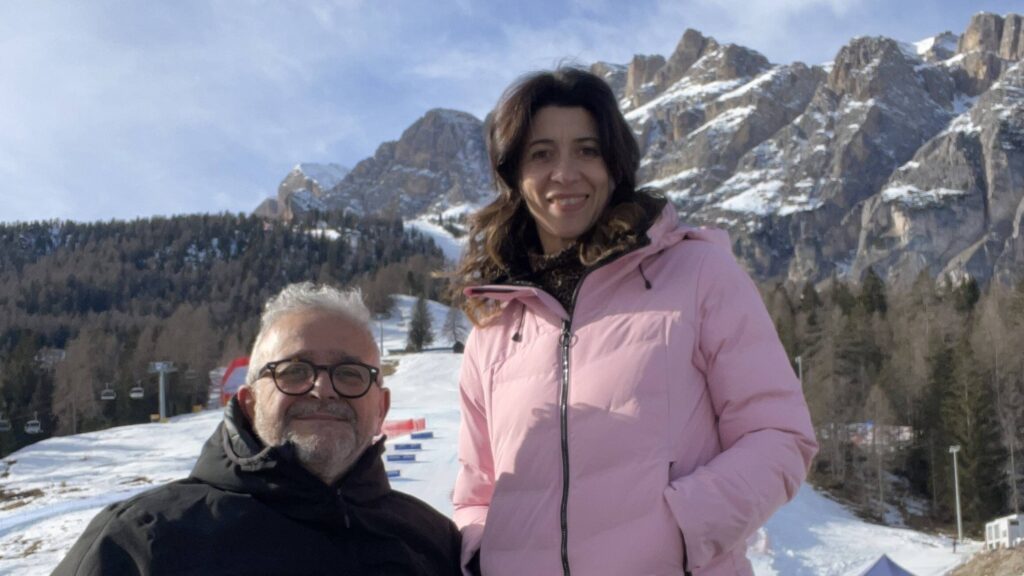Respectful behavior and language toward people with disabilities
Village for all V4A's recommendations
Tipologia di contenuto
Manifestazione

In the run-up to the 2026 Olympics and Paralympics, Cortina d’Ampezzo is working to become a truly accessible destination for all,thanks to the Cortina Destination 4All project, developed in collaboration with Roberto Vitali and Silvia Bonoli’s Village for all V4A. This project aims not only to ensure suitable facilities for major events, but intends to build an accessible environment that will last well beyond the Games by offering a barrier-free welcome for both residents and visitors.
Accessible tourism for residents and visitors
For inclusive hospitality, it is essential that the city offer accessibility to all, starting with residents. The goal of the project is to create a culture of open and prepared hospitality that meets the needs of those who live in and visit Cortina. This transformation benefits not only tourists, but also the citizens who live in Cortina year-round, improving the quality of life and access to services for all. As Roberto Vitali explained, “accessible tourism is not just about equipped rooms, but about the entire hospitality system: from hotels to restaurants, from commerce to transportation, and even public spaces such as bike paths, parks, and infrastructure.”
The goal is to enable everyone to move independently and with dignity, respecting the specific needs of each person.
Behavior and language: small attention, big welcome
To accompany this cultural change, the Veneto Region has drafted guidelines for respectful and inclusive communication, with support from Village for all V4A. Here are some suggestions on how to adopt respectful behavior and language toward people with disabilities:
– Using “person-first” language: preferring expressions such as “person with a disability” instead of “disabled,” as a reminder that disability is only one of a person’s characteristics and not his or her entire identity.
– Ask before you help: often, people with disabilities prefer to manage their own activities independently. A simple gesture such as asking “Can I be of help?” is a show of respect and avoids encroaching on their independence.
– Respect personal space: objects such as wheelchairs, canes or other aids are considered part of the individual, so they should not be touched or moved without permission. Even for people with visual impairments, it is helpful to describe the surroundings only when requested.
– Be natural: using common language without undue concern is the best way to make the interlocutor feel comfortable. Everyday expressions such as “I’ll see you later” or “drop by” can be used without problem, unless specific preferences emerge.
– Avoid expressions such as “afflicted” or “victim”-terms like these emphasize limitations or suffering, whereas it is preferable to talk about what the person is capable of doing.
– Do not emphasize exceptionalism: avoid descriptions that emphasize the “extraordinary” or “heroic” feat of people with disabilities. Representing Paralympic athletes or people with disabilities as “superheroes” risks reducing their experience to a mere stereotype. It is better to recognize their value without making it seem
out of the ordinary.
These small touches not only avoid misunderstandings but also create an authentic and spontaneous welcoming atmosphere, conveying respect and normality. The guidelines help people understand that respect also comes through the way we express ourselves, and that inclusive language is part of an increasingly important welcoming culture in a tourist destination.
Toward a new culture of welcoming
Being prepared to accommodate people with special needs is a benefit to the entire community. Accessible tourism creates value and offers new economic and social opportunities, allowing